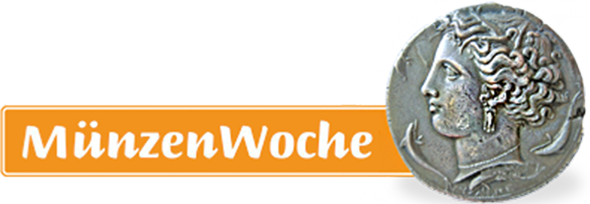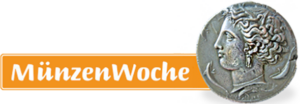Shanghai Museum
Wenn es kein Logo gibt, wird diese Spalte einfach leer gelassen. Das Bild oben bitte löschen.
(Dieser Text wird nicht dargestellt.)
201 Renmin Avenue
Shanghai, P.R. China 200003
Founded and first open to the public in 1952, the Shanghai Museum opened its doors at its current location in 1996. The building has a unique architectural form of a round top with a square base, symbolizing the ancient Chinese philosophy of the square earth under the round sky. Among the earliest countries to use coins, the Museum provides a historical overview of Chinese money in its 7,850-square foot (730-square meters) gallery.
The exhibition area is divided into eight chronological eras in China’s history plus two additional themes, all supplemented by more than 3,000 specimens showing a historical development of coins and economic exchange between ancient China and foreign countries.
Primitive Currency
Panels show the first primitive Chinese money, the use of shells, probably starting in the Shang dynasty (16th-11th centuries BC), continuing up through the Western Zhou dynasty period (1046-771 BC) when cast bronze coins appeared.
Many examples of cast bronze coins from the Spring and Autumn period (771-476 BC) during the Zhou dynasty, made in the form of a spade with a hollow handle, are shown. The spade coins cast by the Zhou royal family show two level or bevel shoulders, two arc feet and a hollow handle. These coins continued to be used during the Warring States period (475-221 BC), whose states such as Yan and Qi produced the familiar knife money. Examples of the first round coins with a square hole denominated in hua from the Yan state are shown, which is the ancestor of the familiar cash coin.
Three Kingdoms (220-280), Western Jin (265-420), Eastern Jin (265-420), and Northern and Southern Dynasties (420-589)
Cotton and silk fabric were originally used as currency during the Wei Kingdom. Later they converted to the Wu Zhu system. Both Shu and Wu Kingdoms issued large bills and saw devaluation of their currency. Almost all reigns during this period cast their own coins, sometimes using names other than “Zhu” and “Liang”.
Tang, Five Dynasties and Ten States/Kingdoms, and Song Dynasty
Examples are shown for the Tang (618-907) dynasty, using “Wuzhu” coins in its early period, and the Five dynasties and Ten States (907-960). During the period of the Song dynasty (960-1279), the Western Xia dynasty had its own currency systems and cast round coins with a square hole, imitating the shape of the Song coins.
Yuan, Ming, and Qing Dynasties
Bronze coins of the Yuan (Mongol) dynasty, which carried both Chinese and Mongolian inscriptions, are featured along with paper notes that were a main form of currency in the early Ming dynasty (1368-1644). Also shown are silver ingots of various standard sizes that were the main currency from the mid-Ming period and the silver Yin liang widely used during the Qing dynasty (1644-1911).
Highlights of the Exhibition
- The plate used to print the paper notes, zhen you bao quan, during the Zhenyou reign of the Jin dynasty (1213-1216).
- Coin of Yongle Tongbao with characters “three qian” cast on the back during the Yongle reign of the Ming dynasty (1368-1644). This specimen is one of two known.
- Of the flat-shouldered, arc-footed and hollow-handled spade coins, one is extraordinarily precious because it has five casting characters. Ordinary hollow-handled spade coins only contain one or two characters.
- Gilt bronze coin of Tian Ce Fu Bao, cast in 119 AD.
This text was written by Howard M. Berlin and first published in his book Numismatourist in 2014.
You can order his numismatic guidebook at Amazon.








